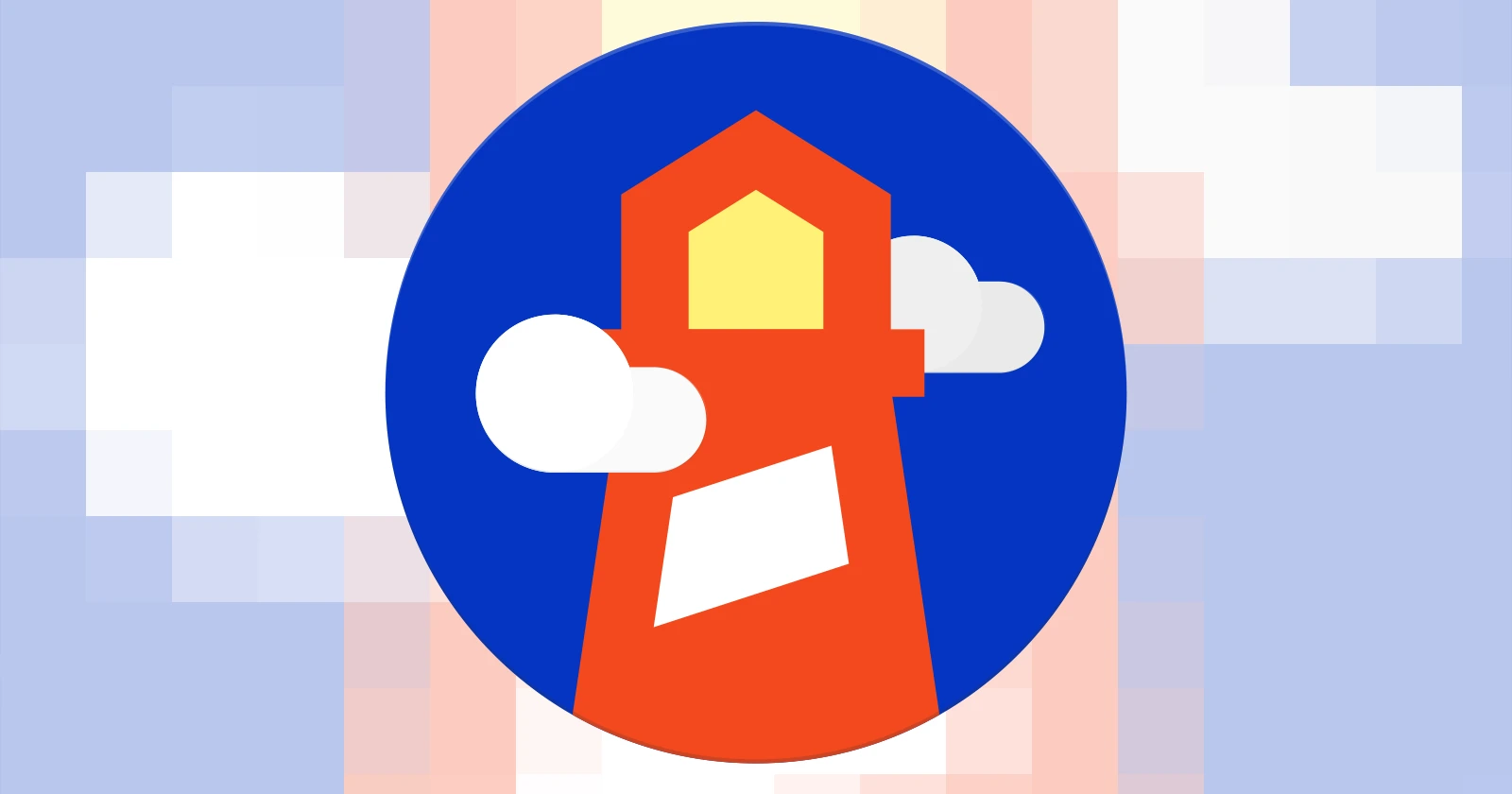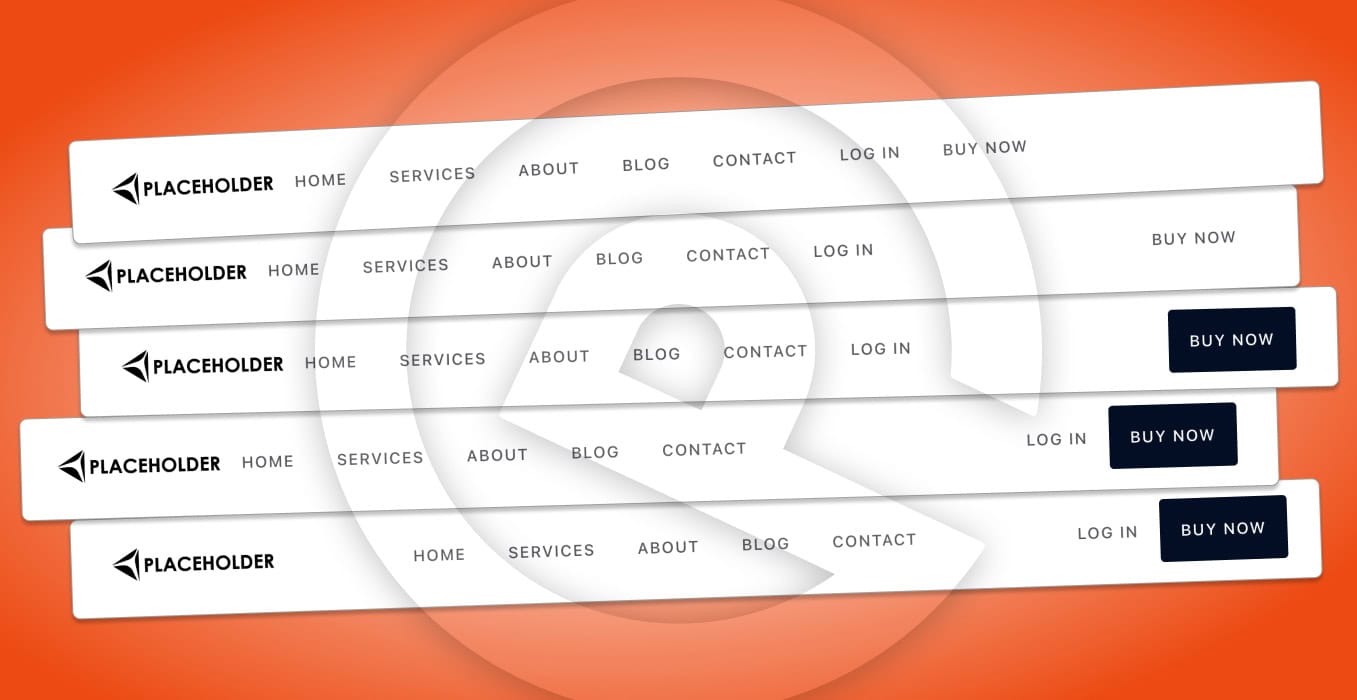Had enough staring at a blank screen wondering what to write?
We’ve helped business owners, marketers, and all kinds of folks curate and write content for hundreds of websites— and we’ve learned a few things along the way.
No matter what, it’s going to “feel” harder than it really is. The purpose of this guide is to help you get over that hump and start writing website content effortlessly.
While it will take a few minutes to read through, these tips will help save you hours of time and loads of stress!
Organization Is Key
Before you get overwhelmed with the long list of things you need to write, start by making categories and breaking everything down into small, manageable pieces.
Instead of thinking about it as writing content for your entire site, first break that down into writing content for each page—one at a time.
Write down the title for each one of the pages. You’ve just divided your pile by the number of pages on your website.
Now let’s break that down a step further. It’s good to start with the key messages that you’ll want to convey on each page.
Let’s take a look at an example.
For this example, we’ll say we’re working on the content for our ‘About’ page. First, let’s create an outline of all the things we want to make sure we cover.
History
Experience
What Sets Us Apart
Testimonials
Now that you’ve broken the website down into pages, and now this About page into sections the task of actually writing content is much easier to handle.
Not only will breaking up all of your content into categories and subcategories help you manage it all easier— it’s actually how an optimized page is structured!
Website visitors will have an easier time finding, reading, and understanding your content if it’s broken down into logical and clearly defined pieces.
Your Website Isn’t For You!
A mistake almost everyone makes is writing their website content for themselves. But your website is not for you, it’s for your visitors!
Identifying Your Audience
Before you start writing, think about the people that are visiting your website— your typical and/or ideal customer. Ask yourself the following questions…
- Who are they?
- Why are they on your site?
- What are they looking for?
- What are their pain points?
- How can you solve their problem?
Using these questions as a guide will help you plan content that speaks more directly to your audience.
Your Language and Tone of Voice
We often find ourselves using “jargon” or words, phrases, abbreviations, or acronyms that make sense to us in our industry— but that’s a huge mistake!
Your customers aren’t ask knowledgeable as you, that’s why they are on your website! Make sure to speak in plain language that’s easy to understand.
A good rule of thumb is to make your content so easy to digest that an average 6th grade student could read and comprehend.
This includes not only the words you use, but the tone of voice you use as well. This greatly depends on your industry, but think back to the questions about your audience.
Are they expecting something very professional and buttoned up? Or would they prefer something more casual and conversational?
It’s up to you to decide what your tone of voice is, but it’s always helpful to just be YOU and be authentic. This approach helps users connect with you, trust you, and want to do business with you— and as a bonus, it’s much easier to write this way!
It’s Not What You Say, It’s How You Say It.
It’s natural to write from your own perspective. Most first-time content writers start half their sentences off with
“We do this…”
“I can help you…”
Or
“Our team is the best…”.
This is a big mistake! Your visitors aren’t there for you, they are their for themselves! Avoid making yourself the subject of the sentence.
Here’s an example:
Instead of saying: “We provide high-quality lawn service that’s guaranteed to look great!”
Say: “You’ll fall in love with the way your lawn looks, it’s guaranteed!”
In the first example, the entire sentence was about you. But the second sample conveyed the same message, but made it about your customer. People are more likely to connect when the messaging feels like it’s about them.
In the same vein, it’s common to list out all the “features” of your product or service. This typically looks something like this:
- Small & Lightweight
- Open 24 Hours
- Free Home Delivery
These features may be great, but they don’t speak to the ultimate need of your audience. Instead, you want to list benefits your potential new customers could be enjoying.
Let’s look at those same features, and turn them into benefits:
Small & LightweightTake it anywhere you go.Open 24 HoursBuy products at any time.Free Home DeliverySave time by not having to visit the store.
Turning features into benefits is a skill that takes some practice at. If you’re stuck trying to turn a feature into a benefit, try this:
[Feature] which means that [Benefit]
List any of your features then say “which means that” and explain what that feature will do for someone. When you’re done erase the feature and “which means that” and you have your benefit!
Formatting is Everything!
People don’t read web pages like they read a novel. User data shows that most people “skim” pages in search of the information they are after and to get a brief understanding of your content.
Because we understand this, we need to format our content in a way that makes it easy to digest in this setting.
Here are some keys to formatting your text the right way:
- Keep your sentences and paragraphs short!
- Keep sentences to 20 words or less
- One idea per paragraph
- No more than 3 or 4 sentences per paragraph
- Break up text with headlines and lists
- Categorize your content with headlines and sub headlines that summarize the information
- Break up text with numbered or bullet pointed lists.
- Take your visitors through a journey
- Put the most important information at the top
- Take them through a logical order
Have a Goal, Call for an Action
There’s no use in you spending time writing “just to write” because users will not read it “just to read”. In most cases the goal of someone visiting your website is to solve a problem.
You’re there to provide them with a solution.
This means you need to think through not only each page, but each paragraph, and decide “how does this benefit my reader in reaching their goal?”. You can cut any copy that doesn’t serve this purpose.
If you’ve done a good job of helping your visitors learn how you can solve their problem, the next step is to ask them to take action.
In the industry, we call these a “call to action” (or CTA)—and they are one of the most crucial aspects in getting a return out of your website.
Your reader wants you to tell them what to do next. This could be “book an appointment”, “download our free guide”, or “call us today”.
No matter what your CTA is, there are a few guidelines you should follow:
Make it clear, not clever. This isn’t the time to show off your verbal gymnastics. Make it extremely clear what the visitor needs to do next.
One call to action per page. While your CTA can appear many times on a page, it’s important to focus on only one action per page. Too many different action items makes it hard for your visitor to decide.
Guide your visitor. Effective calls to action don’t have to be direct sales, they can help you steer your visitors where you’d like them to go.
Wrapping Up
Content writing for website is a pretty big subject, and just like anything you get better with practice. Following the steps in this guide will help you avoid some of the mistakes that cost you time, frustration, and ultimately happy website visitors.
If you need any help writing your content, or you are unsure about any of the material covered here, feel free to reach out— we’ll be more than happy to help!





